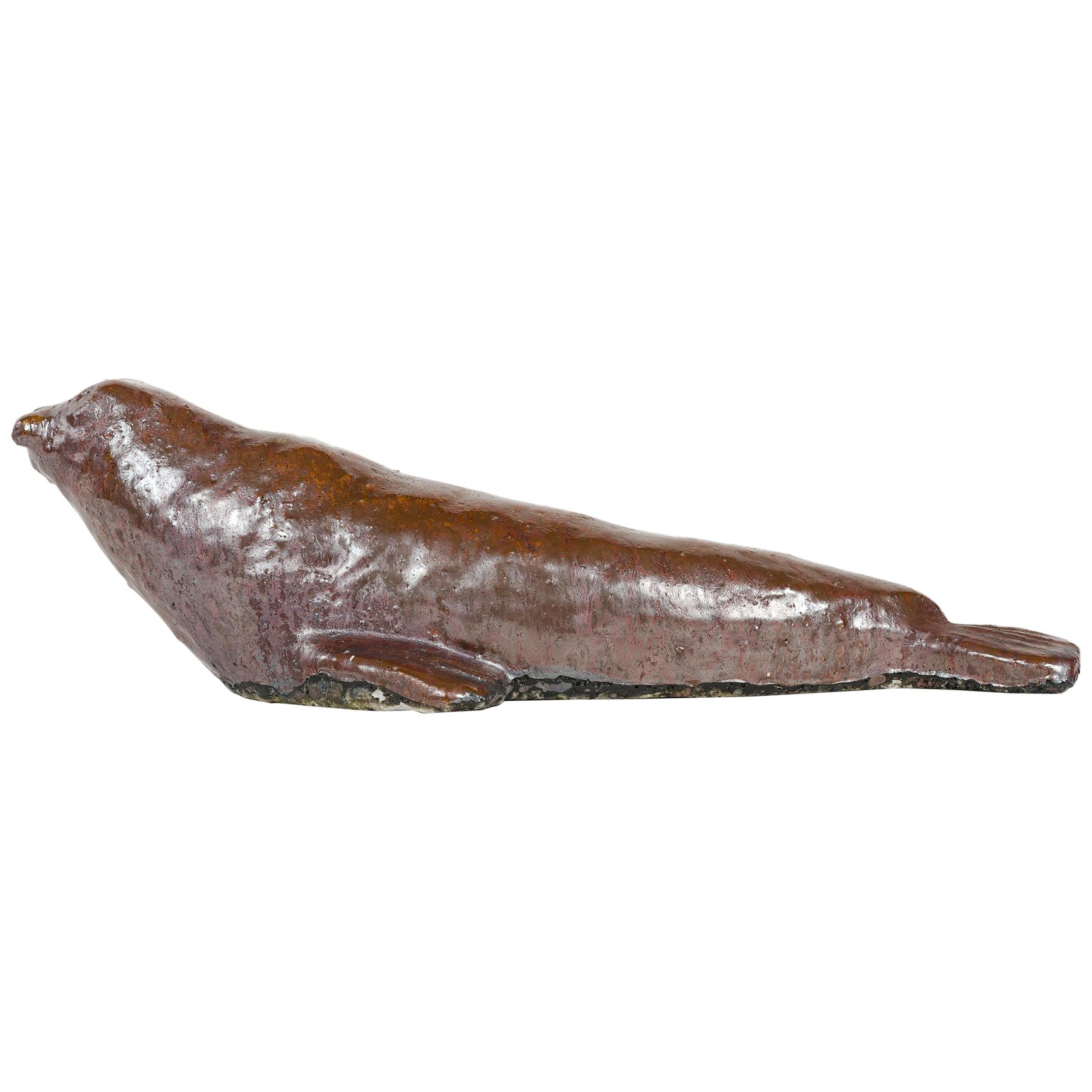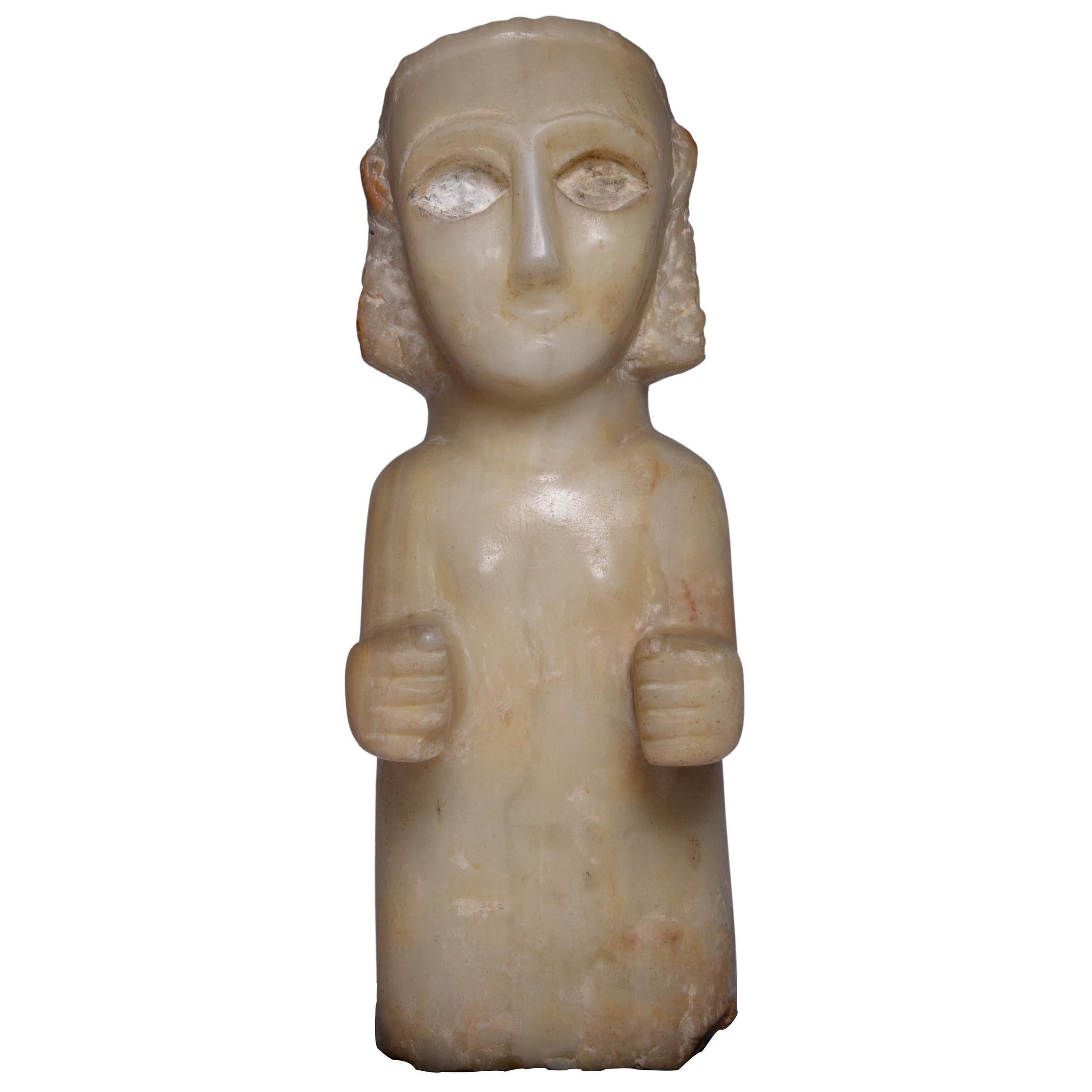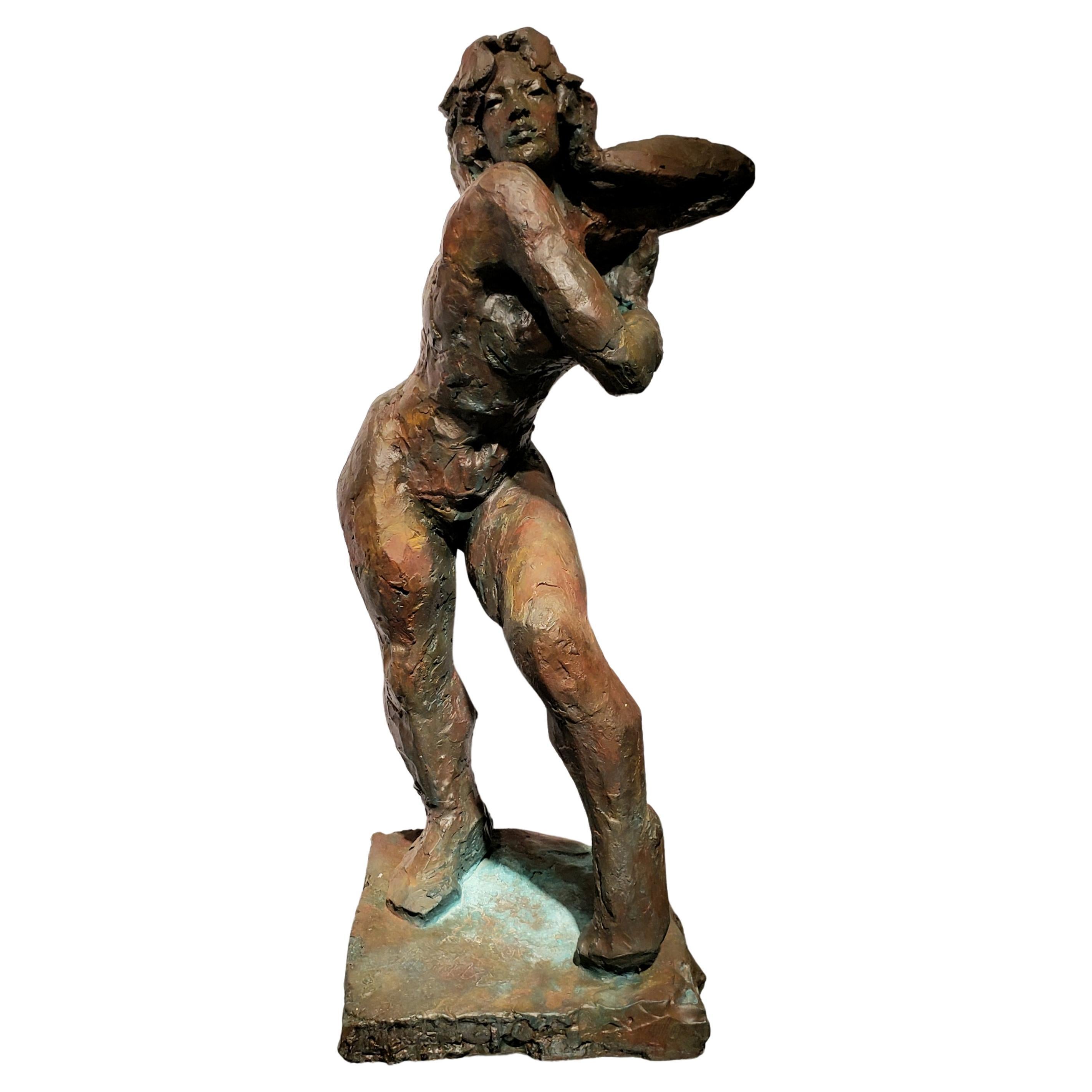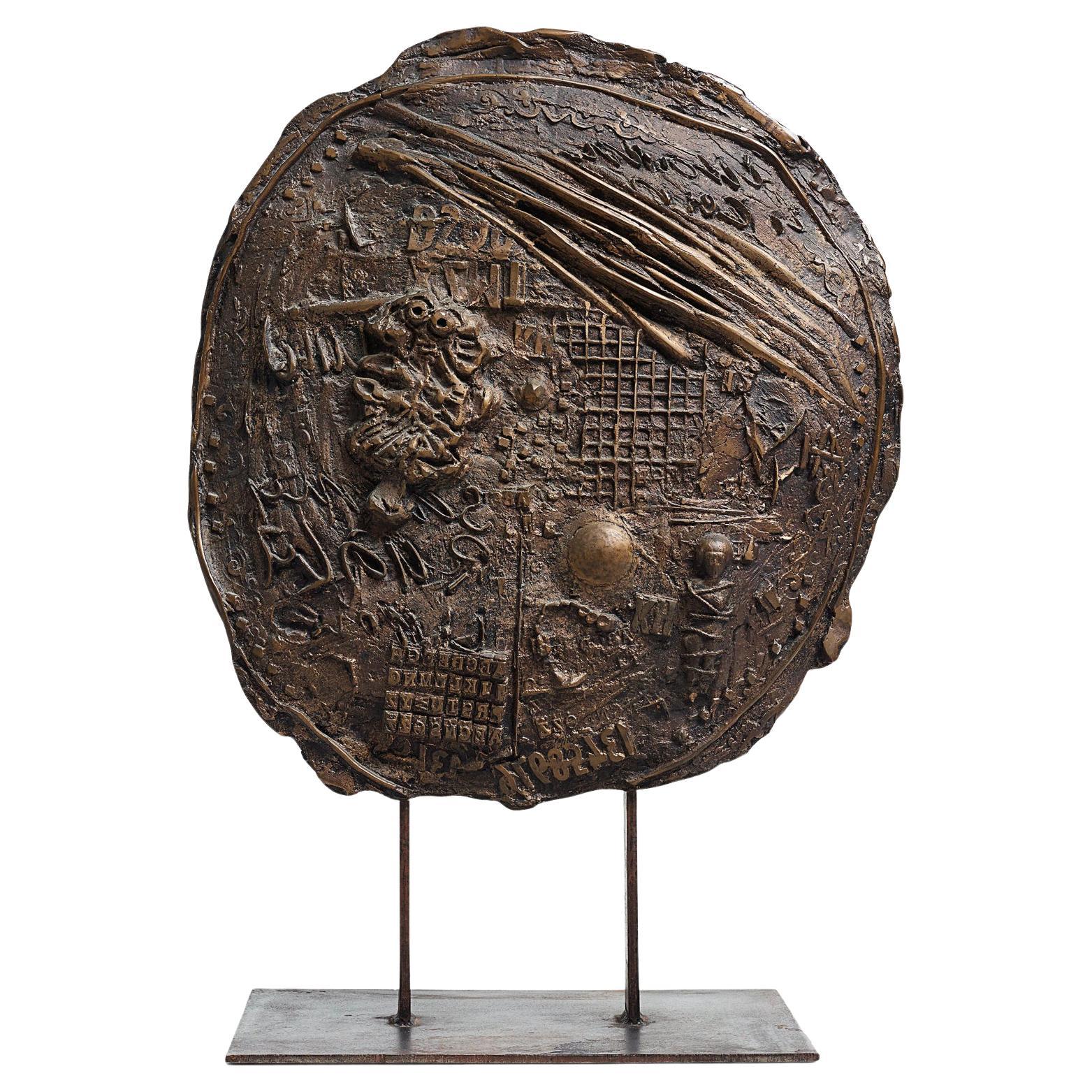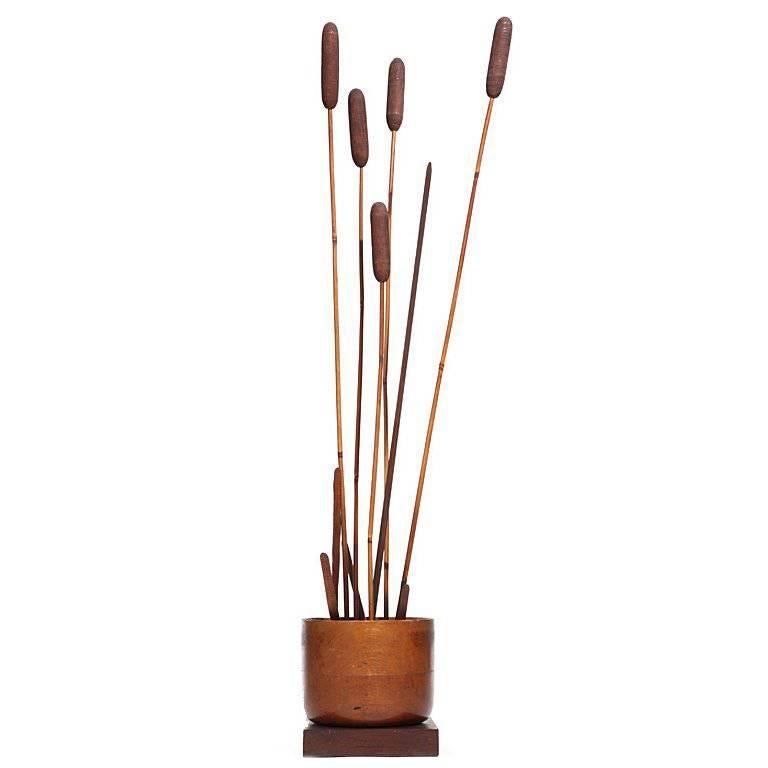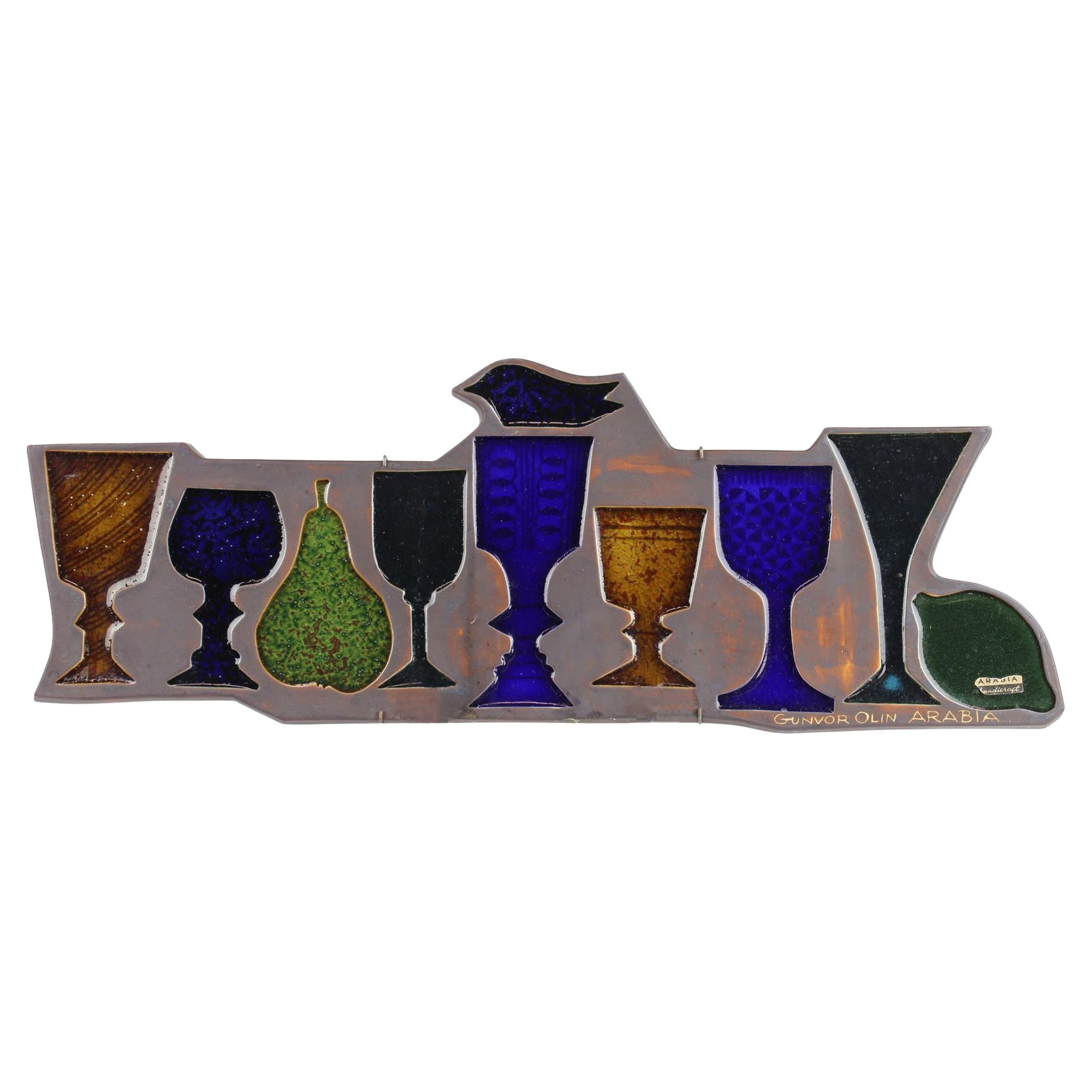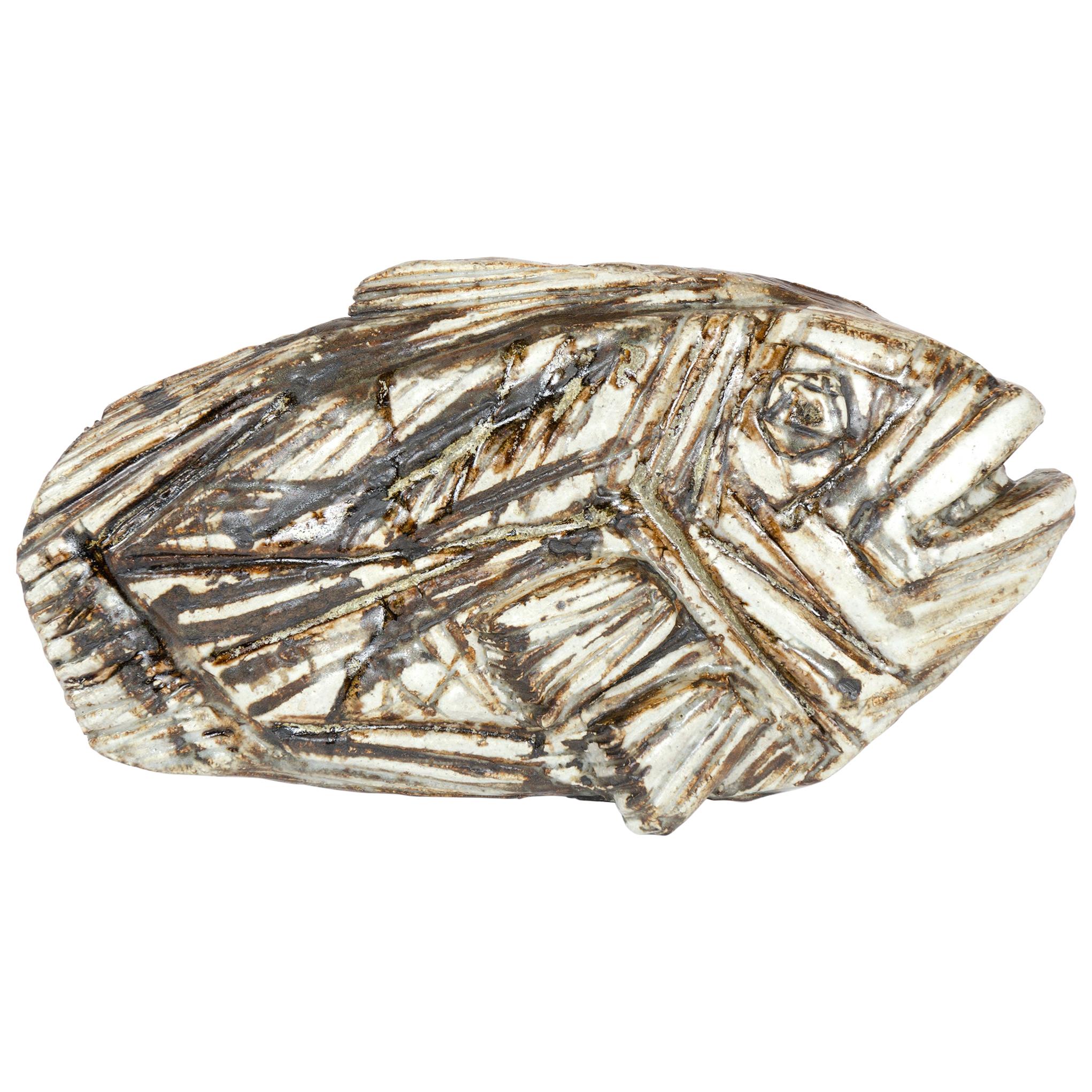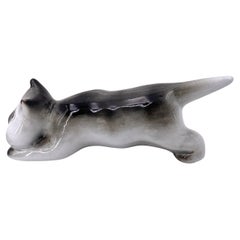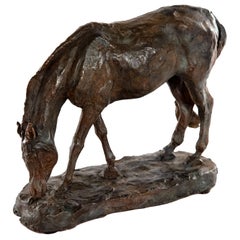
Arabian by James Sondow
View Similar Items
1 of 5
Arabian by James Sondow
About the Item
- Creator:James Sondow (Sculptor)
- Dimensions:Height: 8.75 in (22.23 cm)Width: 10.5 in (26.67 cm)Depth: 4.25 in (10.8 cm)
- Materials and Techniques:
- Place of Origin:
- Period:
- Date of Manufacture:circa 2010
- Condition:
- Seller Location:Salt Lake City, UT
- Reference Number:1stDibs: LU1001713690561
You May Also Like
- Arabian Nights JaguarBy HechizooLocated in New York, NYThe Arabian Nights Jaguar by Hechizoo, a black cast bronze sculpture that captures the essence of power, grace, and mystique embodied by the enigmatic jaguar. This remarkable piece, ...Category
2010s Colombian Animal Sculptures
MaterialsBronze
$75,000 - Whimsical Porcelain Cat by Arabia of FinlandBy Arabia of FinlandLocated in San Diego, CABeautiful ceramic cat in porcelain finish by Arabia of Finland circa 1950s, great condition.Category
20th Century Finnish Scandinavian Modern Animal Sculptures
MaterialsPorcelain
$180 Sale Price20% Off - Porcelain Resting Arabian Camel by Fitz and FloydBy Fitz and FloydLocated in North Hollywood, CAHand painted porcelain collectible Fitz and Floyd resting Nubian camel figurine. Beautifully detailed Arabian camel, the camel is kneeling in rest and ...Category
Late 20th Century American Moorish Figurative Sculptures
MaterialsPorcelain
- 1960s Finnish Seal Sculpture by Taisto Kaasinen for ArabiaBy Arabia, Taisto KaasinenLocated in Sagaponack, NYAn uncommon ceramic seal sculpture with painterly red-brown glaze.Category
Vintage 1960s Finnish Scandinavian Modern Animal Sculptures
MaterialsCeramic
- Ancient South Arabian Alabaster InscriptionLocated in London, GBSouth Arabian Alabaster Inscription Calcite Alabaster circa 1st century A.D. ‘’Consequently, neither white marble of Paros nor any other stone which men admire can be compared with the precious stones of Arabia, since their whiteness is most brilliant, their weight the heaviest, and their smoothness leaves no room for other stones to surpass them.’’ - Diodorus Siculus, Library of History, Book II, 52.9 This inscription, finely worked on an alabaster tablet, is a remarkably well preserved example of Ancient South Arabian script, with its distinct bold, angular forms, written in the Qatabanic dialect - that is, the dialect spoken by the people of the kingdom of Qataban, which ruled much of modern day Yemen from the 7th Century B.C. to the 2nd Century A.D. The text, which reads: ‘[... ...]sa?d and Ma?add?i- / (of the lineage) of Hawfa- / She entrusted Anb- / against any malfeasance (which would remove it) from its place’ - indicates that it likely served to commemorate a temple offering. The quality of the script, incised so neatly into the surface of the alabaster, tells us that this piece was commissioned by somebody of considerable wealth and prestige, employing a scribe of equally considerable expertise. South Arabia was known throughout the ancient world for its incredible wealth - so much so that the Romans termed the region ‘Arabia Felix’ - literally, ‘Happy, or Fortunate, Arabia.’ That wealth was built largely on the trade of spices and incense, in which the Kingdom of Qataban played a major part. According to Pliny the Elder, this was the sole country through which frankincense could be exported, first being collected in the city of Shabwa, on the South Arabian coast, and from there travelling by camel up to Gaza, to be shipped all across the Mediterranean - not only that, but all growers of myrrh across Arabia were required to give a quarter of their yield to the king of the Qatabanians. As such, the kingdom became exceedingly rich and powerful, and Pliny goes on to tell us that ‘The nations of the Larendani and the Catabani, and the Gebanitæ [...] occupy a great number of towns, the largest of which are Nagia, and Thomna (the capital of Qataban) with sixty-five temples, a number which fully bespeaks its size.’ Because of the nature of its exports, frankincense in particular - the ‘sweat of of the gods’ according to the Egyptian Book of the Dead, and perhaps most famous as one of the three gifts brought to the newborn Christ - being closely associated with the divine, South Arabia’s reputation in antiquity was as a mysterious, almost sacred, and - crucially - extraordinarily wealthy region, at the very edge of the known world; in the words of Herodotus: ‘’Enough of marvels, and yet the land of Arabia gives off a scent as sweet as if divine.’’ This inscription invokes the protection of god Anbay, the judge-oracle of the chief god ‘Amm, who he served as an attendant. Much of what we know of the religious life of the ancient South Arabians comes to us from early Islamic texts, describing what is known in Islamic scholarship as ‘Jahiliyyah’ - the age before the advent of Islam in Arabia. What comes across in much of these texts is that these religious practices placed a great deal of emphasis on sacred stones, perhaps linked to the brilliance of the alabaster which is local to the region, and which a great many of the cult-objects produced in this time are made from. Hisham ibn-Al-Kalbi’s Book of Idols records: ‘’The Arabs were passionately fond of worshipping idols [...] Whenever a traveller stopped at a place or station in order to rest or spend the night, he would select for himself four stones, pick out the finest among them and adopt it as his god, and use the remaining three as supports for his cooking-pot.’’ This inscription was once in the collection of the intrepid British-Australian travel...Category
Antique 15th Century and Earlier Yemeni Abstract Sculptures
MaterialsAlabaster
- Ancient South Arabian Alabaster StatueLocated in London, GBSouth Arabian Calcite female figure 3rd Century BC to 1st century A.D. Calcite Alabaster height: 30.5 cm A magnificent alabaster female figure, a f...Category
Antique 15th Century and Earlier Yemeni Figurative Sculptures
MaterialsAlabaster



